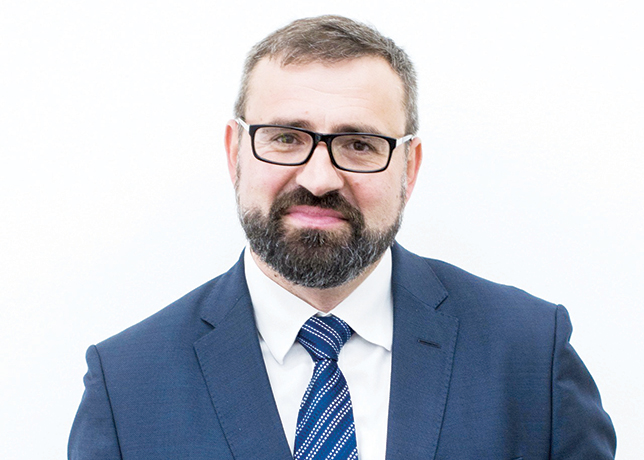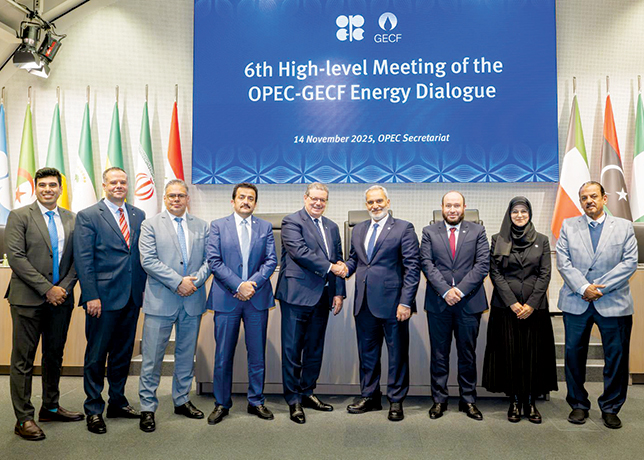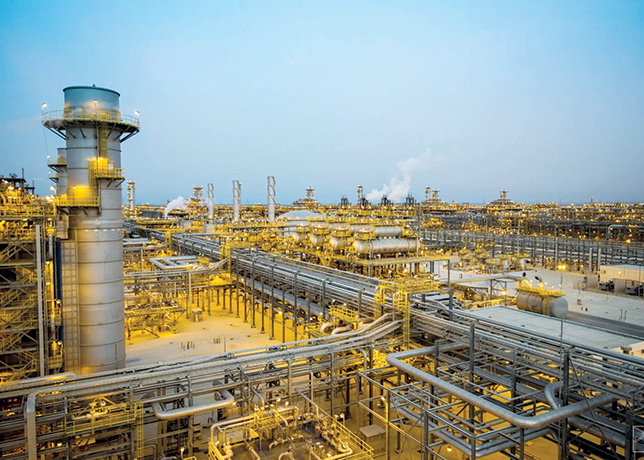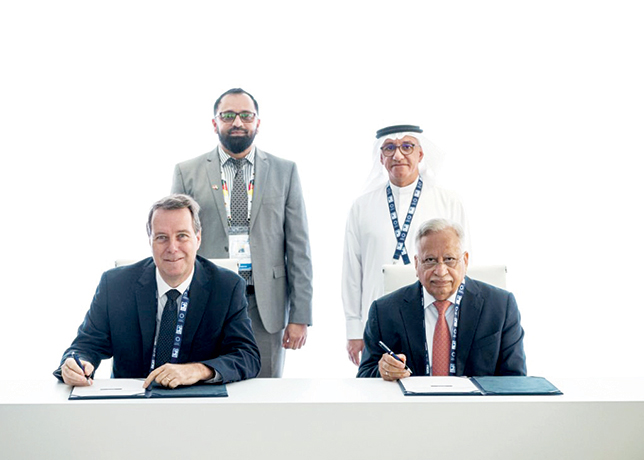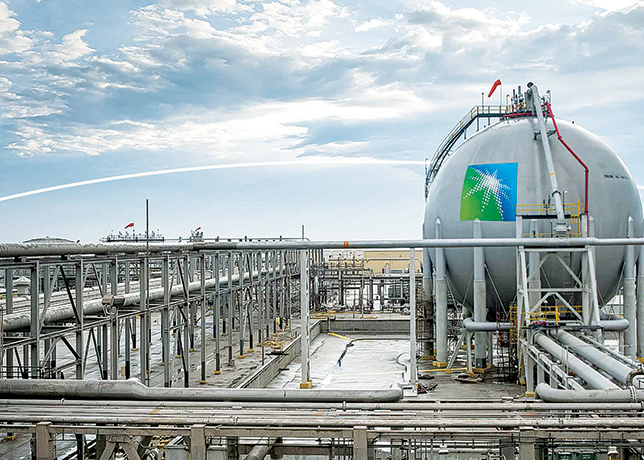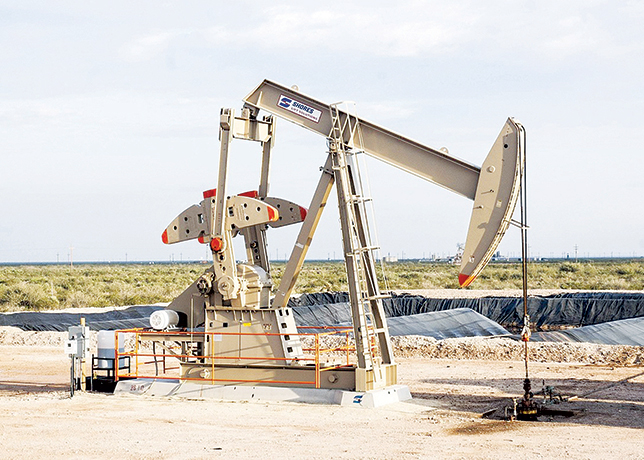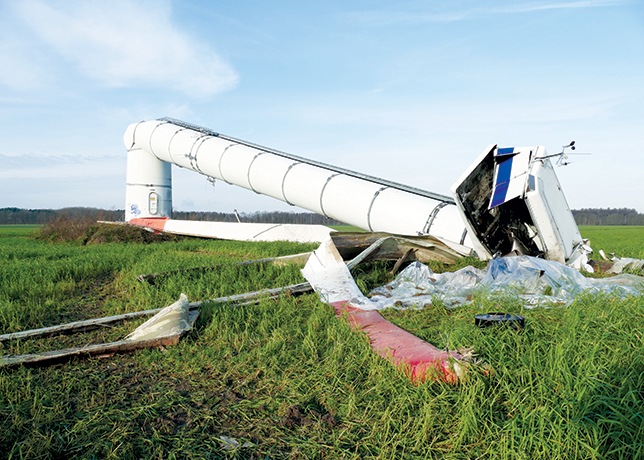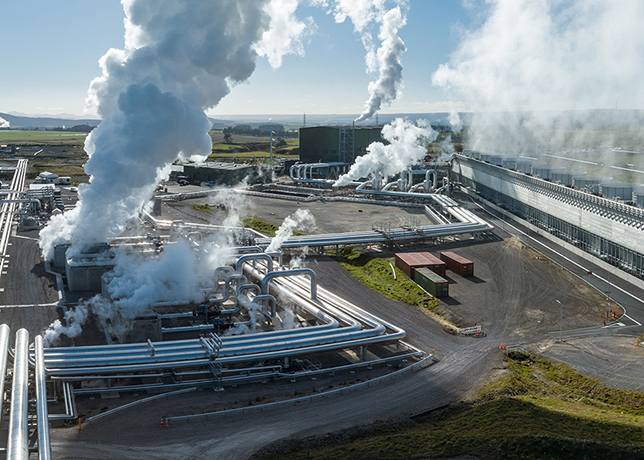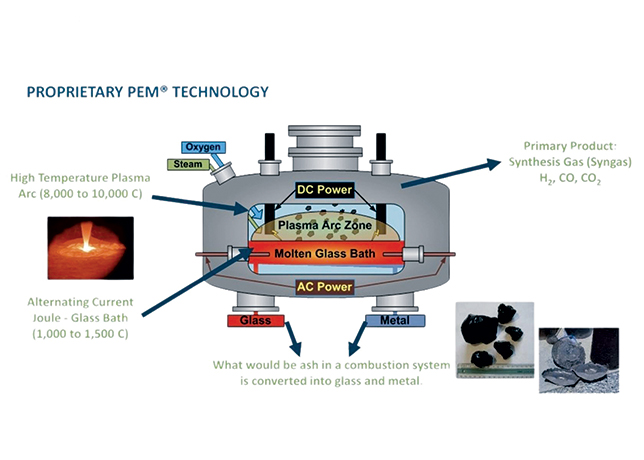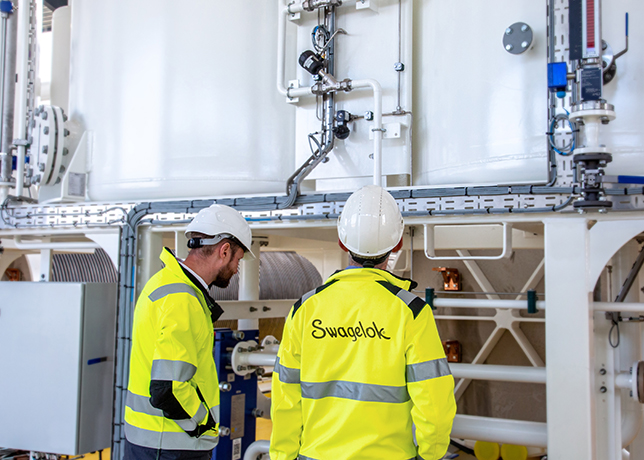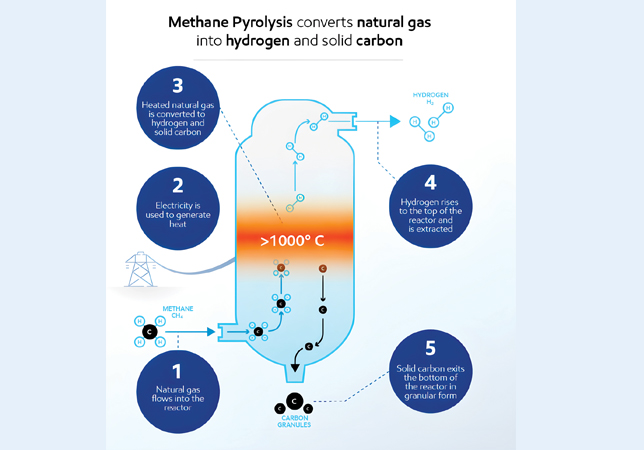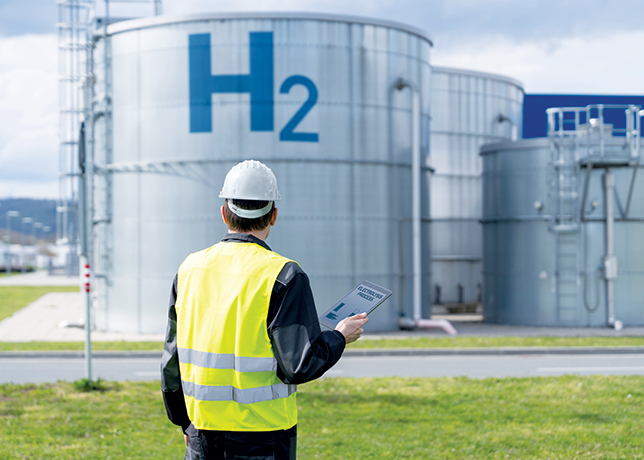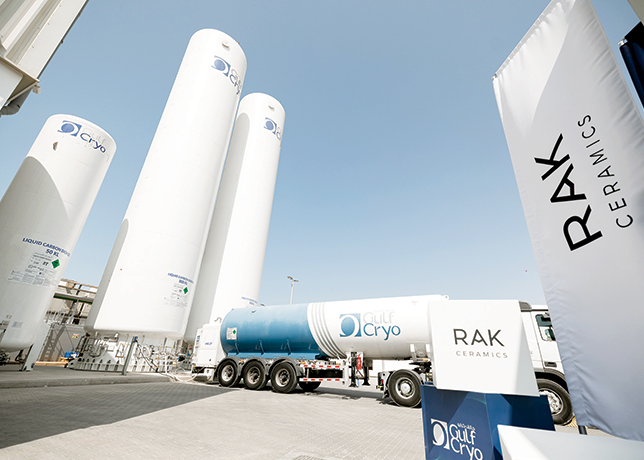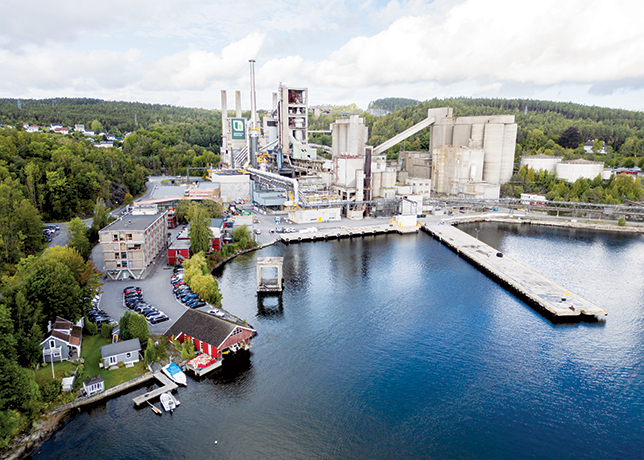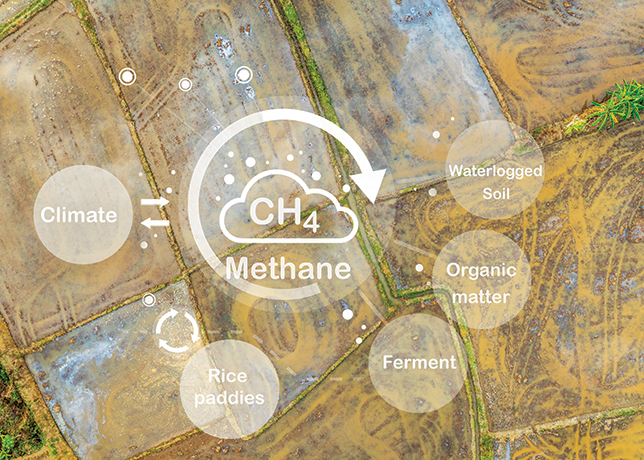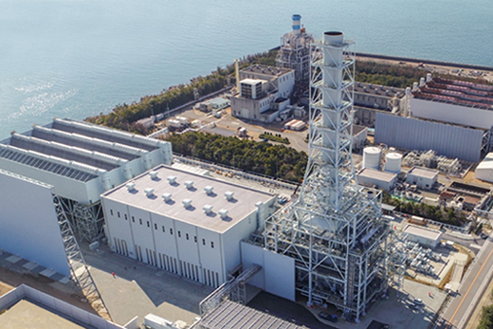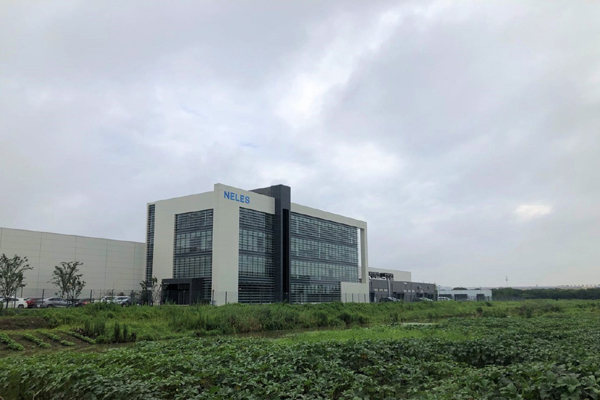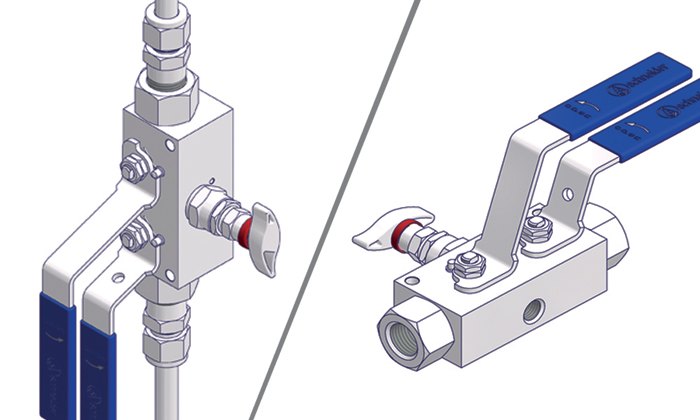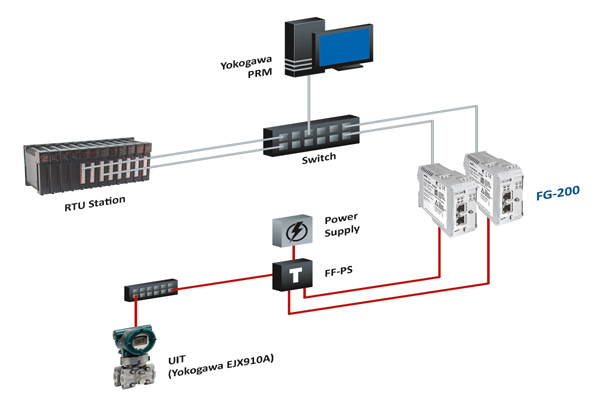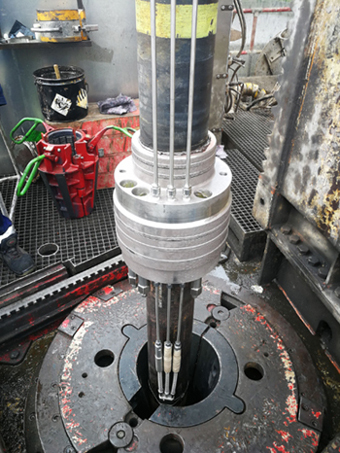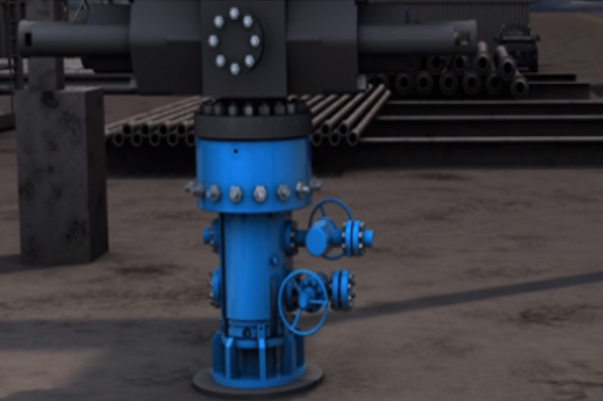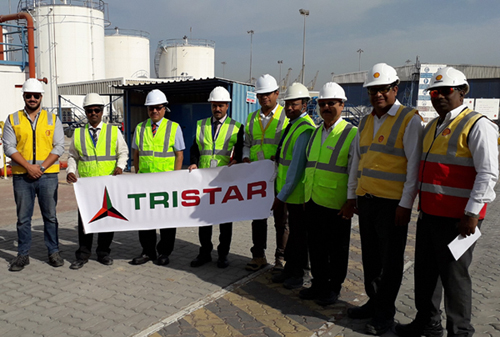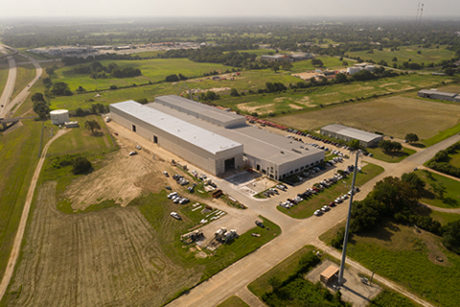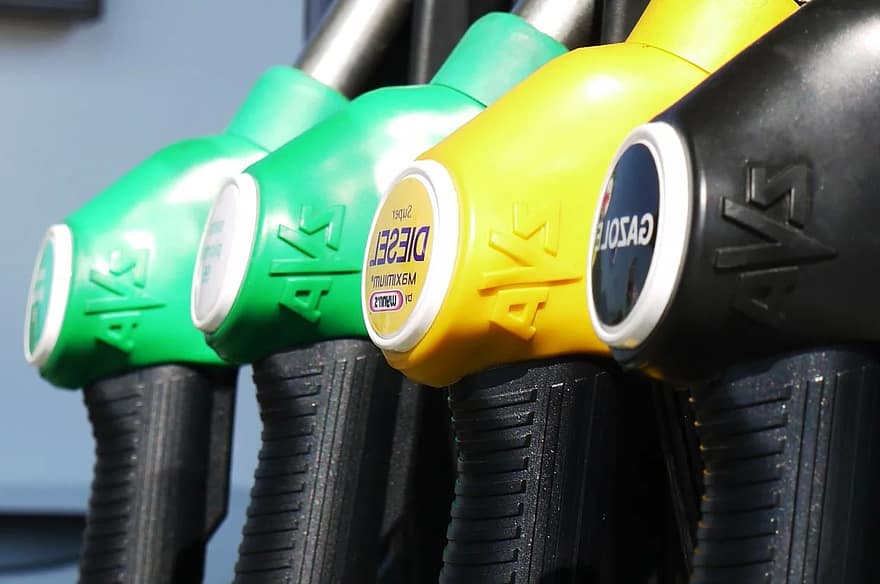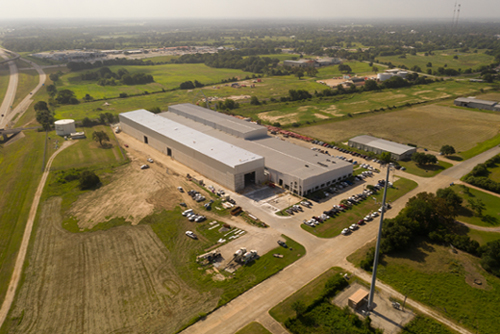
 Mohamed Zhioua
Mohamed Zhioua
Eng Mohamed Zhioua explores the scientific principles behind ISCO, selection of the optimal oxidant, and a case study where a gas station contaminated with petroleum hydrocarbons was successfully remediated
Soil contamination due to petroleum hydrocarbons represents a significant environmental and health challenge, especially at industrial sites, gas stations, and areas impacted by historical spills.
These contaminants, including BTEX (benzene, toluene, ethylbenzene, and xylenes), PAHs (polycyclic aromatic hydrocarbons), and petroleum hydrocarbons, can pose severe risks to groundwater, ecosystems, and human health.
'Traditional remediation methods, such as excavation and off-site treatment, are often costly, logistically complex, and environmentally disruptive,' says Eng Mohamed Zhioua, General Manager Enviro-Experts, Saudi Arabia.
Among the advanced remediation techniques, In-Situ Chemical Oxidation (ISCO) has gained prominence as a powerful and sustainable approach for degrading hydrocarbon pollutants directly within the soil and groundwater.
This method eliminates the need for soil excavation while effectively breaking down contaminants into harmless byproducts like carbon dioxide (CO2) and water (H2O).
IN-SITU CHEMICAL OXIDATION: PRINCIPLES & MECHANISMS
ISCO is based on the injection of strong oxidants into contaminated soil and groundwater to degrade pollutants through oxidation reactions.
 |
Table 1 |
These reactions generate highly reactive radicals, which efficiently attack and break down hydrocarbon molecules, converting them into non-toxic end-products.
The effectiveness of ISCO depends largely on the type of oxidant used. The most commonly employed oxidants include:
• Hydrogen peroxide (H2O2), activated by iron (Fenton’s reagent).
• Sodium persulfate (Na2S2O8), activated by heat, iron, or alkaline conditions.
• Potassium permanganate (KMnO4) for electron transfer reactions.
• Ozone (O3) for direct oxidation and hydroxyl radical formation.
• Fenton’s reagent (hydrogen peroxide + iron): One of the most widely used oxidants in ISCO is Fenton’s reagent, which consists of hydrogen peroxide (H2O2) in the presence of ferrous iron (Fe²+) as a catalyst. This reaction produces hydroxyl radicals (OH•), which are among the most powerful oxidising agents available:
Fe2++H2O2→Fe3++OH−+OH•
These radicals rapidly degrade BTEX compounds, PAHs, and petroleum hydrocarbons, making Fenton’s Reagent highly effective for treating petroleum-contaminated sites. However, Fenton’s reaction is influenced by several critical factors:
• pH Sensitivity: Works optimally at pH 2-4; at higher pH, iron precipitates as Fe(OH)3, reducing efficiency.
• Short radical lifespan: Hydroxyl radicals decompose within microseconds, requiring precise oxidant injection.
• Heat generation: The reaction is highly exothermic, which can increase contaminant volatilisation risks.
• Sodium persulfate (S2O82−) activation: Persulfate (S2O82−) is another widely used oxidant, known for producing sulfate radicals (SO4•–), which have a longer half-life and a higher oxidation potential than hydroxyl radicals.
S2O82−→(HeatorFe2+) →2SO4•−
Persulfate activation methods include:
• Heat activation (T > 40°C).
• Iron activation (Ferrous iron Fe²+).
• Alkaline activation (pH > 10).
• Potassium permanganate (KMnO4): Potassium permanganate (KMnO4) is a self-activating oxidant that reacts via electron transfer rather than radical formation. It is particularly effective against chlorinated solvents (e.g., trichloroethylene - TCE, perchloroethylene - PCE).
MnO4−+Contaminant→ MnO2(s)+CO2+H2O+Cl–
Key Considerations:
• Stable and long-lasting, persisting in soil for weeks to months.
• Ineffective against petroleum hydrocarbons and BTEX due to its preference for electron-rich compounds.
• Potential for MnO2 precipitation, which can clog injection wells and reduce soil permeability.
• Ozone (O3): Ozone is a gaseous oxidant used in ISCO to degrade volatile organic compounds (VOCs), hydrocarbons, and some heavy metals. Ozone decomposes into hydroxyl radicals:
O3+H2O→2OH•+O2
The challenges of ozone injection include:
• Short half-life (~10-30 min in soil), requiring continuous injection.
• Gas-phase transport limitations, especially in low-permeability soils.
• Health and safety concerns due to ozone’s toxicity at high concentrations.
SELECTION OF THE OPTIMAL OXIDANT: KEY SCIENTIFIC FACTORS
 |
Table 2 ... a structured approach to oxidant selection based on site conditions |
The selection of the most appropriate oxidant for ISCO is essential to ensure the efficiency and success of the remediation process. Several factors must be considered:
• Contaminant type and concentration: Different oxidants target specific compounds based on their oxidation potential.
• Soil and groundwater conditions: Factors such as pH, permeability, and natural oxidant demand (NOD) can significantly influence oxidant performance.
• Oxidant stability and activation requirements: Some oxidants require activation (such as, persulfate) to enhance reactivity.
Each oxidant in ISCO has a unique oxidation potential and reaction mechanism that determines its effectiveness against specific contaminants.
The oxidation potential (E°) of each oxidant influences its ability to degrade contaminants.
The higher the oxidation potential, the stronger the oxidant.
However, strong oxidants like hydroxyl radicals have a short lifespan and require precise delivery for optimal reactivity (Table 1).
CASE STUDY: IN-SITU REMEDIATION OF A GAS STATION IN EASTERN MONTREAL, QUÉBEC, CANADA
 |
30 injection wells were made for controlled hydrogen peroxide delivery and 10 observation wells at 3.5 m for continuous |
Enviro-Experts, a leading environmental remediation company in Canada and Saudi Arabia, successfully rehabilitated a gas station in Eastern Montreal contaminated with petroleum hydrocarbons and BTEX.
The contamination was detected at approximately 4 meters below the surface, requiring a targeted approach for effective oxidant distribution.
The site consisted of fine sand and clay, which limited oxidant mobility, necessitating careful injection planning.
The goal was to reduce contamination levels within the regulatory thresholds defined by the Quebec PSRTC Intervention Guide.
The remediation strategy involved installing 30 injection wells (1.5-inch diameter) for controlled hydrogen peroxide (H2O2) delivery and 10 observation wells at 3.5 m for continuous monitoring of pH, temperature, and contaminant concentration.
A gradual H2O2 injection strategy was applied, increasing concentrations from 10 per cent to 23 per cent to prevent excessive heat generation and volatilisation.
Ferrous salts were introduced to activate Fenton’s reaction, generating hydroxyl radicals (OH•) for effective contaminant breakdown.
Maintaining optimal reaction conditions was critical. pH levels were controlled between 3 and 5 to maximise Fenton’s efficiency, and temperature was stabilised at 25 deg C to prevent excessive volatilisation.
Groundwater and soil gas were periodically sampled to track BTEX degradation and refine the remediation approach.
The in-situ remediation successfully reduced BTEX concentrations, meeting environmental and regulatory objectives.
The final contaminant levels complied with PSRTC Guide’s B and C criteria, with no free-phase hydrocarbons (LNAPL) detected.
The process had minimal groundwater impact, demonstrating precise oxidant management and preventing contamination spread.
Challenges included maintaining pH and temperature stability to avoid premature hydrogen peroxide decomposition and ensuring controlled injection pressure to minimise contaminant migration.
Continuous monitoring enabled real-time adjustments, optimising the remediation process and ensuring compliance.
In conclusion, the Fenton’s reagent-based ISCO remediation at the gas station in Eastern Montreal was highly effective, achieving significant contaminant reduction and regulatory compliance.
With its expansion into Saudi Arabia, Enviro-Experts continues to apply advanced in-situ remediation techniques, reinforcing its role as a leader in sustainable soil and groundwater restoration worldwide.










